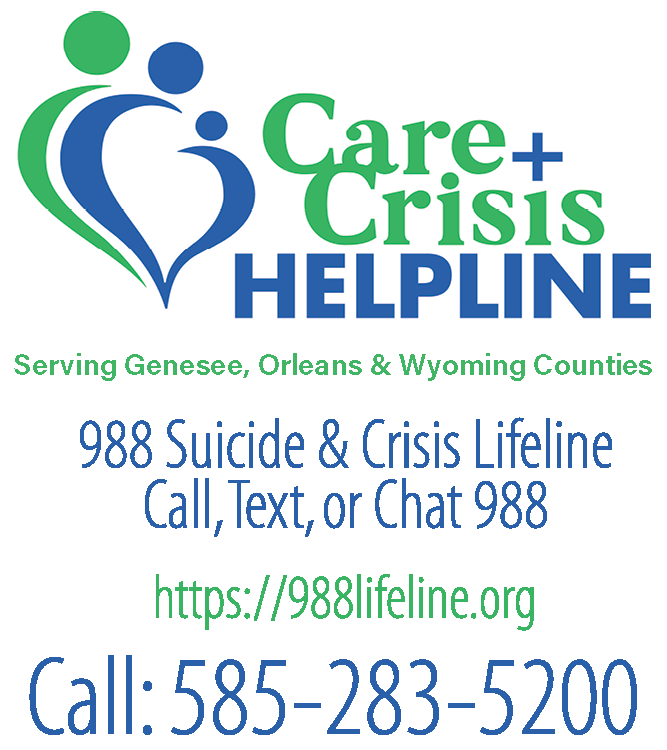If you’re faced with a medical emergency, what will you do?
If you have an emergency, call 911. This is always advisable. These moments can be some of the scariest and most intimidating for any of us. It’s not just whether or not you know safety measures like CPR or the Heimlich maneuver, but do you know when to call your primary care provider and/or where is the closest emergency department?
Now is the time to make your plan, before you’re faced with an emergency.
– Locate your nearest emergency department by time and distance. It’s important to know that many trips to the emergency department come from the patient and not an ambulance.
– When considering the nearest emergency department, also consider average wait times from arrival to the moment you see a provider.
– What happens next?
– What’s the difference between an emergency room and urgent care/walk-in clinic?
Choosing an Emergency Department
Once you’ve identified the emergency departments near you, reach out to them to inquire about average wait times. You can assume that the wait times at rural hospitals are likely less than those in urban areas, in part because of volume. Again, this is the time between when a patient arrives and is seen by a provider. That said, it can always change. Hospitals learn to expect the unexpected and realize things can change at any moment.
What happens next?
Hopefully, you’ve had very few experiences in emergency departments. If that’s the case, you may be asking yourself what occurs once you’ve seen the provider. The three things that most often occur:
1. You are treated and discharged.
2. You need to be admitted.
3. You’re transferred to another hospital for specialized care.
An emergency department’s ability to assess each situation is one of its most valuable traits. It helps to deliver immediate attention to both patients being seen and those waiting for care (also known as triage). As you’re conducting your own research on hospitals, you may look at discharge/admittance/transfer rates. At Medina, we render care and discharge 87% of patients seen, 6% of patients are admitted, and 7% are transferred to specialty hospitals.
When you come through the doors of any emergency department they are going to assess your needs and determine the appropriate treatments. As an example, even though our hospital does not have a maternity department, we have delivered babies in case of emergencies. This occurred as recently as this past winter. The point is, we all understand on some occasions you may just go to the nearest hospital for care, and that’s OK.
The key for any emergency department is the ability to triage and help.
Urgent Care vs. Emergency Department
Depending on the time of day, your primary care provider may be able to help guide your decision-making process of what you should do next. In addition to making the decision you’re personally most comfortable with, if you feel you need immediate care, then you should go to the emergency department and/or call 911. For minor injuries that don’t need immediate attention, but need to be addressed over the next 24 hours, an urgent care or walk-in clinic will suffice. This decision is why it’s so important to have a plan before you’re faced with the scenario.
As the warmer weather nears it’s important to take necessary steps to avoid common reasons you may need medical care. These include, but are not limited to, various burns (related to outdoor activities and the sun), poison oak/ivy, summer rashes, and more. Remember, if you believe a situation is an emergency, don’t hesitate to take the appropriate next steps.
Dr. Richard Elman, MD FACEP, is the Director at Medina Memorial Hospital’s Emergency Department, where he’s been the last 6 ½ years. He has been board certified in emergency medicine for over 3 decades.






































































